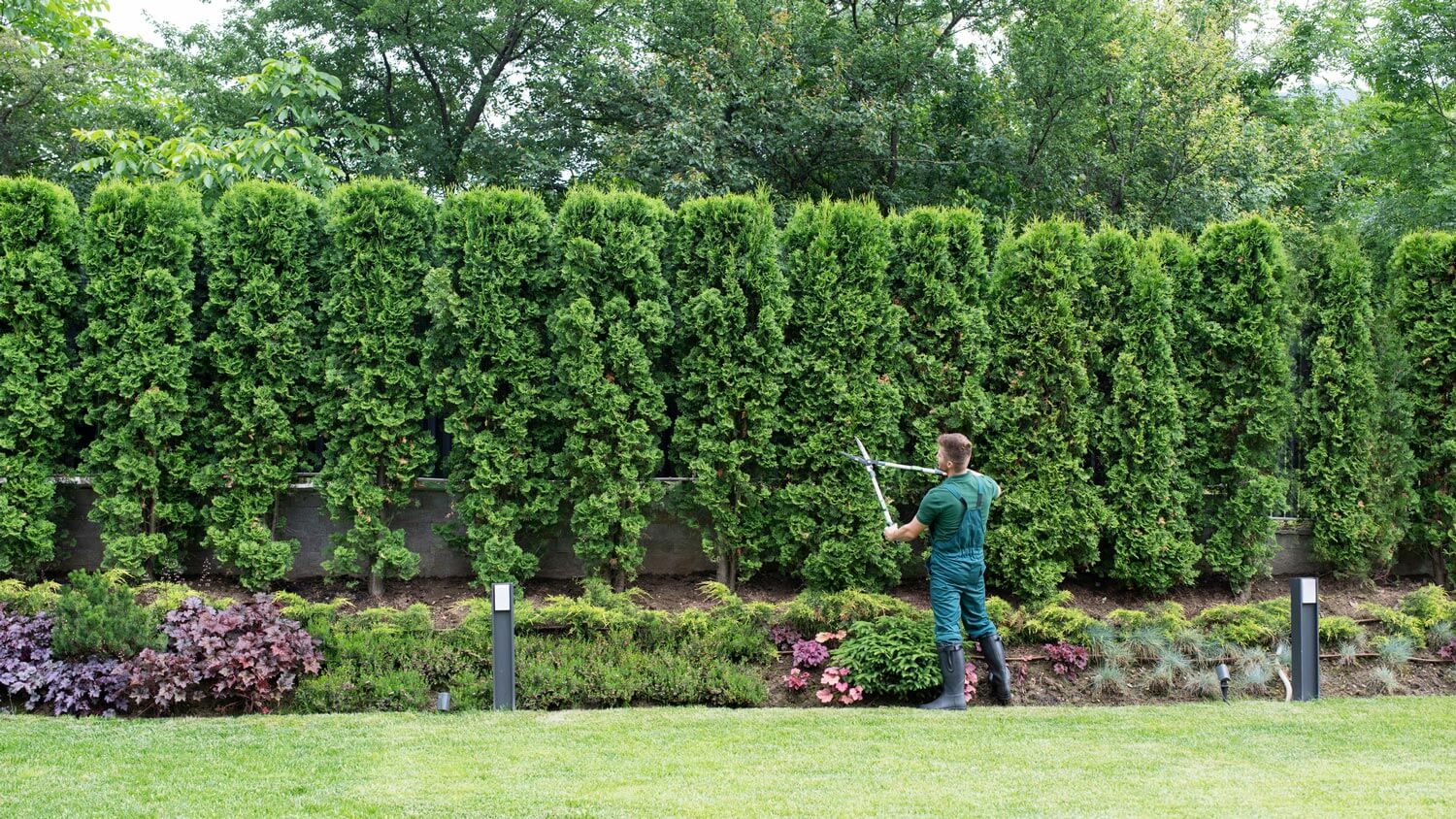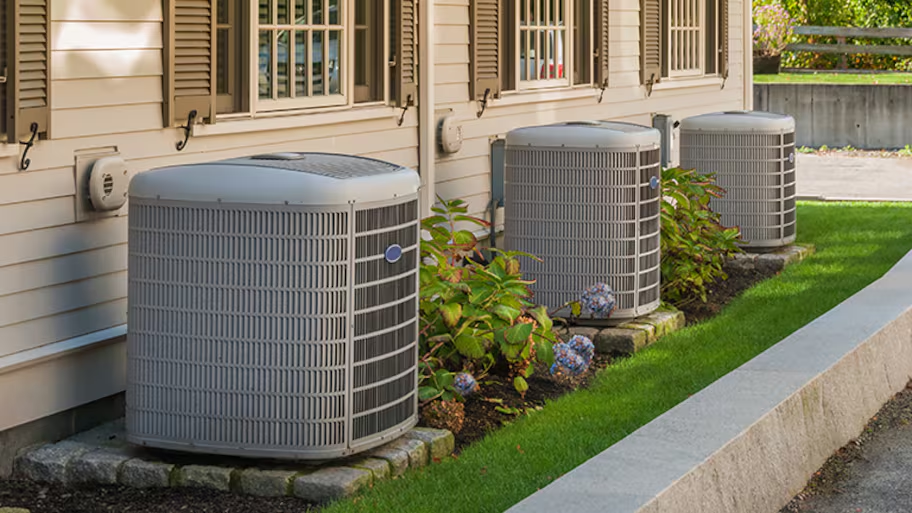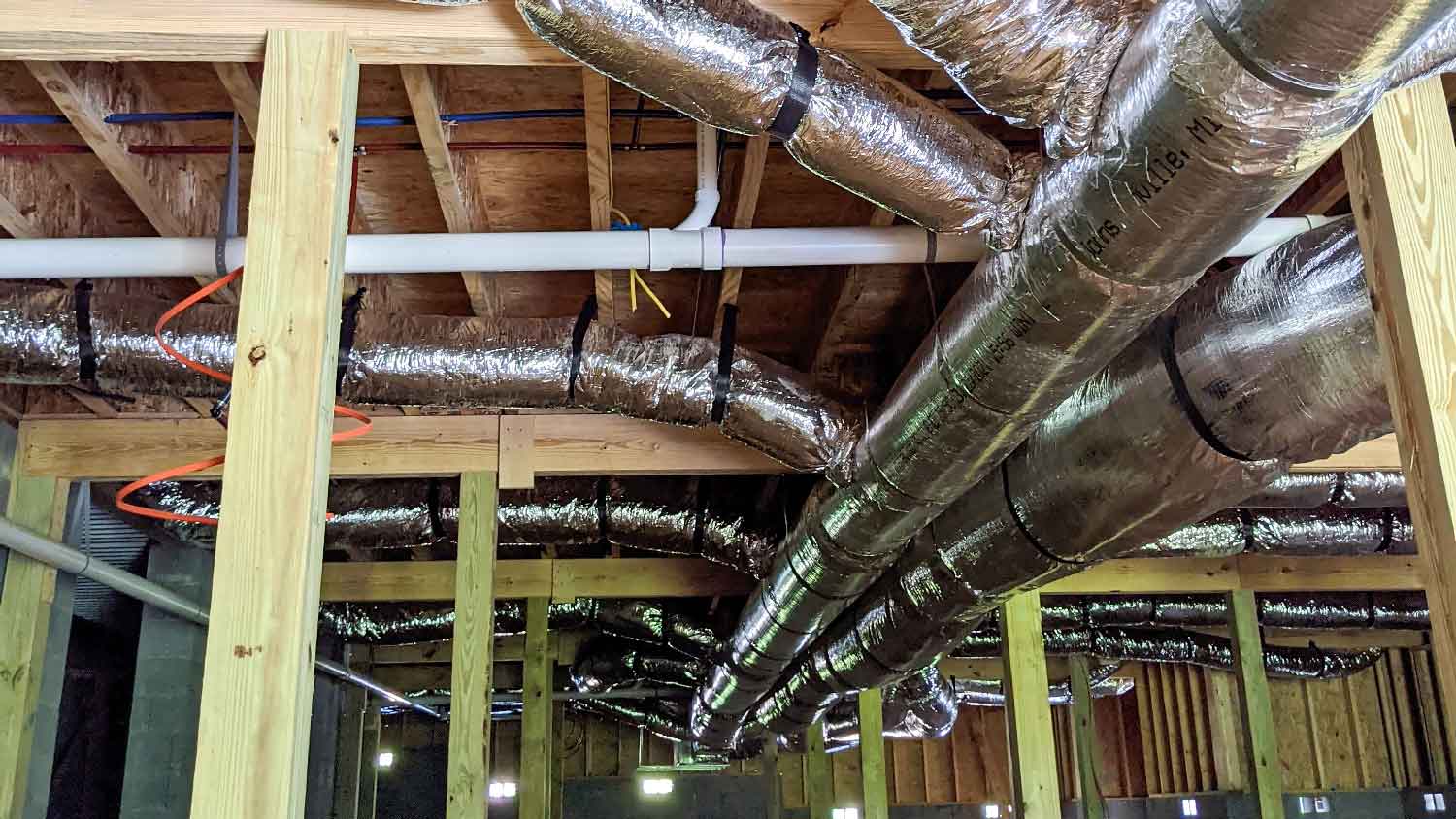
Gas furnace replacement costs depend on the type of furnace you want and installation fees. Our guide explains all the factors involved in a new furnace cost.
Reduce your energy use and HVAC repair bills with these smart tips


Twice-yearly servicing is the smartest HVAC investment you can make.
Investing in a new air conditioning system can save you money long-term.
Upgrading to a smart thermostat can reduce your carbon footprint and save money.
When you think of ways to increase your home’s value, you may go right to new kitchen cabinets or a new patio. However, making savvy HVAC investments increases the value of your home, reduces your home's carbon footprint, and helps you save money on your energy bills. It also helps to reduce the strain on your heating and cooling systems, extending their lifespan and reducing the likelihood of needing to pay for repairs.
Let's take a look at the smartest things you can do to improve your HVAC efficiency and quality.
The best investment you can make for your HVAC is to service it twice per year. HVAC system inspections and tune-ups really are essential if you want to keep your heating and cooling systems functioning in peak condition and at maximum efficiency.
While HVAC servicing costs $70 to $100 each time, you may be able to save with an HVAC service contract from a local HVAC repair service.
Having your HVAC system serviced in mid to late spring and again in mid to late fall ensures that the technician spots and corrects any issues before they become more significant. Keeping up with HVAC inspections can help you avoid hefty repair bills or unnecessary strains on the system.
If your current HVAC system is on its last legs, it might be time to invest in a more-efficient option rather than continuing to pay for costly repairs and excessive energy consumption. A good choice is geothermal heating and cooling.
While many people think that geothermal systems are only useful for heating, the system also works for cooling. Geothermal systems use very little energy and don't produce any waste, so they're the most environmentally friendly HVAC option available. They use the earth’s constant temperature below the frost line to generate heat in the winter and to disperse heat in the summer.
Installing a new HVAC system is pretty costly upfront, but it saves you money long-term by reducing energy costs. It also increases your home's value because it's new and efficient. Not everyone needs a new system, but if your home's current installations are particularly old and haven't been maintained, they're most likely inefficient and prone to breakdowns.
If you're undecided, hire a nearby HVAC pro to do an inspection and give you their professional opinion. It may be that the AC or the heating system just needs a tune-up, but in some cases, the best option may be a full replacement.
Whatever the climate, upgrading or adding insulation to your home is a smart HVAC investment as it has multiple benefits. High-quality insulation improves the overall efficiency of your home and makes it more desirable and valuable to buyers. It also reduces the strain on your HVAC system.
With a well-insulated home, air conditioners and heaters don't have to work as hard to reach and maintain the desired temperature.
Insulating your home doesn't just mean adding new fiberglass batts to your attic and walls. Adding caulking and weatherstripping around windows and doors also has a positive impact.
Switching to a smart thermostat can add value to your property and significantly reduce your energy bill and your home’s carbon footprint. These thermostats learn your routines and can adjust to automatically reduce temperatures or turn off the AC when it knows you're not home.
Also, because these items connect to your smartphone, if you forget to turn off the AC or turn down the heat before you go to work, you can just operate the thermostat from your phone.

Working with nature to create a beautiful outdoor space that helps conserve energy is an excellent HVAC investment. Strategically planting large trees that can shade your home and limit direct sun exposure for windows creates a natural cool zone, particularly for south-facing windows.
Shading walls or roofs help maintain more constant temperatures inside by deflecting heat and sunlight in the summer and creating a warmer air pocket in the winter. Creating at least some shade across the windows prevents the glass from magnifying and concentrating the heat and potentially acting like a greenhouse.
Installing multi-directional ceiling fans lets you lower or raise your thermostat by about 4 degrees without any compromise on comfort. If the fans you installed are multi-directional, then, in the summer, they'll help circulate cold air.
In winter, you reverse the direction in which they rotate, and these fans will create an updraft that pushes heated air, which rises to the highest point naturally, down into the room.
The other solid but often overlooked investment you can make to reduce the burden on your HVAC is to improve the overall energy efficiency of your home. Switching out old incandescent bulbs for energy-efficient, low-heat LEDs takes the strain off your air conditioner.
Similarly, making sure your tumble dryer is properly vented to the outside and that the vent is sealed helps to stop heat and humidity from building up indoors. And, if you have a hood above your stove, make sure you use it.
From average costs to expert advice, get all the answers you need to get your job done.

Gas furnace replacement costs depend on the type of furnace you want and installation fees. Our guide explains all the factors involved in a new furnace cost.

HVAC replacement costs depend on a lot of factors, like unit type, size, and labor. See what you can expect to pay for HVAC replacement here.

Discover the cost to install ductwork. Learn about average prices, cost factors, and tips to save money on your ductwork installation project.

Who do you call to fix a boiler? This easy guide will help you hire the right pro for the job of fixing your boiler.

An icy coil can create costly AC repairs. Learn what to do if the evaporator coil freezes to ensure your HVAC system operates efficiently.

For your furnace to run, the pilot light needs to be on—so what do you do when it goes out? Learn how to relight the pilot light on a furnace in this guide.